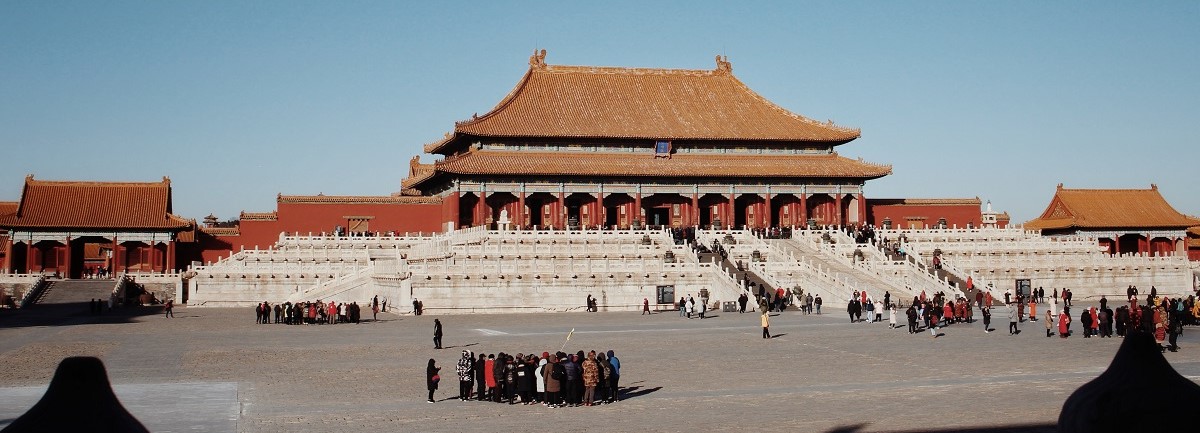When it comes to UNESCO World Heritage Sites, China is the leader of the pack, ranking number one in the world with an astounding 55 sites spread across the country.
With so many remarkable options to choose from, both man-made and natural, it was always going to be a hard task narrowing them down to just a few top choices, but it had to be done. So if you’re planning on ticking a few off your must-see UNESCO list, these are the sites you absolutely can’t miss.
The Great Wall of China
Is there any other way to start this list than with one of the truly great wonders of the world? Of course not! As China’s most famous attraction, no trip or tour is complete without visiting the Great Wall of China. Construction on this behemoth began in 221BC, and work continued well into the year 1644, when it was finally deemed complete during the Ming dynasty. An incredible feat of defensive architecture, its main purpose was to protect the Chinese people from northern invaders and to shield the Silk Road trade. One of the most popular and best place to see the Great Wall of China is at Juyong Pass, located just outside Beijing. Other locations where you can clamber up the steeps steps and go for a stroll are at the Mutianyu portion, which has been recently restored, or the Jinshanling section, which is renowned for its spectacular views. Ever wondered how long is the Great Wall of China? Stretching 21,000 kilometres it’s officially the longest wall in the world. Talk about impressive!
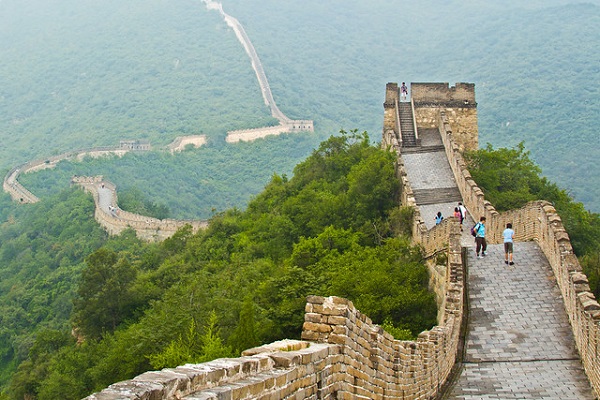
Forbidden City
Journey into the very heart of Beijing and you’ll find the city’s most revered site. The Forbidden City China is the largest and best-preserved Imperial Palace in the world, and was home to 24 emperors – 14 from the Ming dynasty and 10 from the Qing dynasty. Venture over the moat and through the scarlet 10-metre-tall walls and you’ll find 74 hectares of stunning ancient buildings, traditional gardens, three great halls and more than a few bronze lion statues. Built in 1406 and named a UNESCO World Heritage Site in 1987, the purpose of the Forbidden City was to act as the royal residence for the in-power emperor, and its name was derived from the rule that it was forbidden to enter the palace grounds without special permission from the emperor.
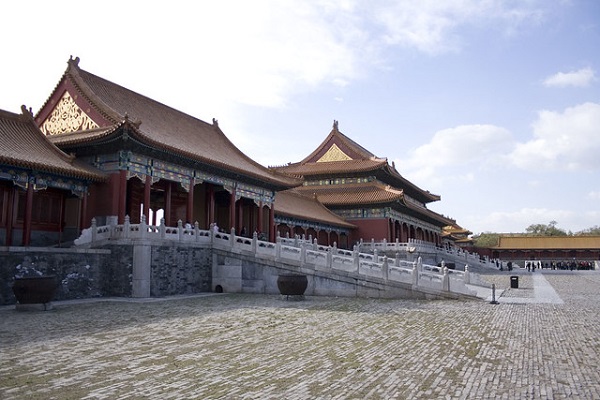
Mausoleum of the First Qin Emperor
While its official name might be the Mausoleum of the First Qin Emperor, most people know this historic site as the Terracotta Army. An amazing archaeological discovery when it was first stumbled upon in 1974, the 76-metre deep tomb dates back to 246BC, and it’s not hard to understand why this is one of the best things to see in China. Housed inside the mausoleum are more than 8,000 eerily realistic and life-size terracotta figures, ranging from soldiers to chariots and horses. It’s believed the figures were placed there in battle-like formation to act as guards for Emperor Qin in the afterlife. What’s even more astonishing is that each warrior is different and boasts unique facial features, haircuts, outfits and expressions. That’s not all though, in other vaults within the tomb you’ll also find weaponry and bronze chariots – no wonder it’s one of the top sights in China.
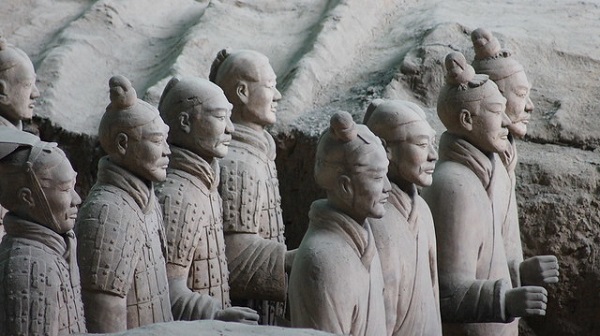
Wulingyuan Scenic and Historic Interest Area
Want to know where James Cameron got his inspiration for the mystical-looking world he created in the blockbuster movie Avatar? Then head to Wulingyuan Scenic and Historic Area in China’s Hunan Province. Encompassing the Zhangjiajie National Forest Park, Suoxi Valley Nature Reserve, Tianzi Mountain Nature Reserve and the newly added Yangjiajie Scenic Area, this unbelievably picturesque region is dominated by more than 3,000 sandstone pillars, deep ravines, dense forests and limestone caves. Highlights also include the Tianmen Mountain Cableway, which is the longest in the world, and the Zhangjiajie Glass Bridge, the longest and highest glass-bottom bridge in the world. With more than 560 different sites to visit though, make sure you allow yourself at least three to four days to fully immerse yourself in this mind-blowing environment.
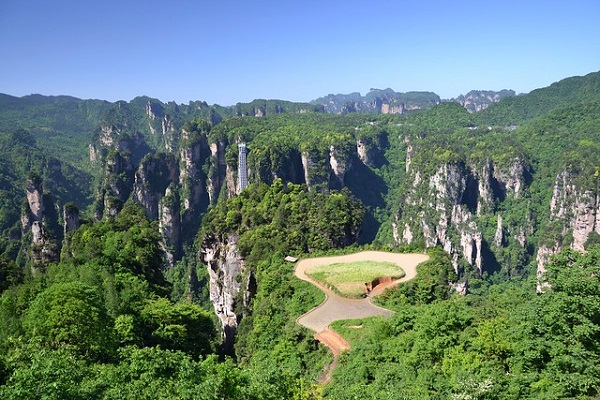
Fujian Tulou
A fairly recent addition to the list of UNESCO Heritage Sites in China, the tulou or earth buildings of the Fujian Province were only officiated in 2008, despite mostly being built between the 12th and 20th centuries. These round, fortress-like houses were constructed by the minority Hakka people, who were driven south from their northern homeland because of civil war. Made from a mixture of packed earth and clay, the distinctive high walls and circular opening in the centre of the tulous provided safety and security, and would traditionally house whole family units. These impressive structures are completely different to any other kind of Chinese architecture, and you can actually stay in one if you visit the Fujian Province. Now if you ask us, that would have to be up there as one of the top things to do in China.
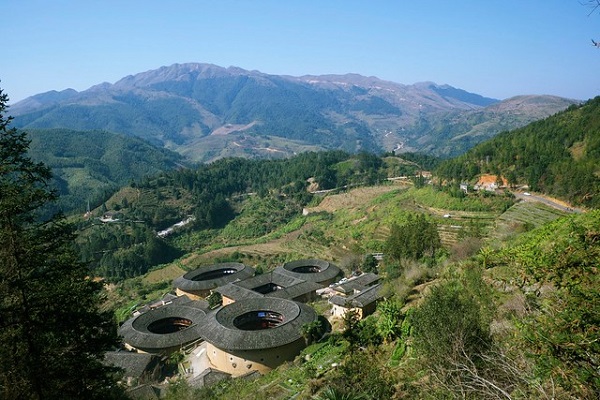
Mogao Caves
Whatever name you choose to call the Mogao Caves by (the site is also known as the Mogao Grottoes, Thousand Buddha Grottoes or Cave of the Thousand Buddhas), there is no denying just how special this cultural site is. Situated along the Silk Road, this system of 492 caves holds some of the most precious examples of Buddhist art, including coloured statues, painted murals, silk banners and printed images. Carved into the sandstone cliffs between the fourth and 14th centuries, it’s believed the caves were also used as places of pilgrimage, worship and meditation. In 1990 the discovery of the Library Caves unearthed a treasure trove of manuscripts and relics, providing a new insight into the practices, traditions and lifestyle of this rather secretive culture.

Sichuan Giant Panda Sanctuaries
As the country’s much loved national animal, giant pandas are synonymous with China, so it makes sense that the giant panda sanctuaries of Sichuan have found themselves on the list of UNESCO World Heritage Sites. Roughly 30 percent of these highly endangered creatures are found within the Sichuan sanctuaries, which comprise seven nature reserves and nine scenic parks. These dense bamboo forests form the largest remaining habitat of the giant panda, and also act as some of the most important captive breeding sites. The Sichuan sanctuaries don’t just protect the giant pandas though – the endangered red panda, snow leopard and cloudy leopard also roam safe in the region, benefiting from the conservation efforts that have gone into safeguarding the giant pandas.
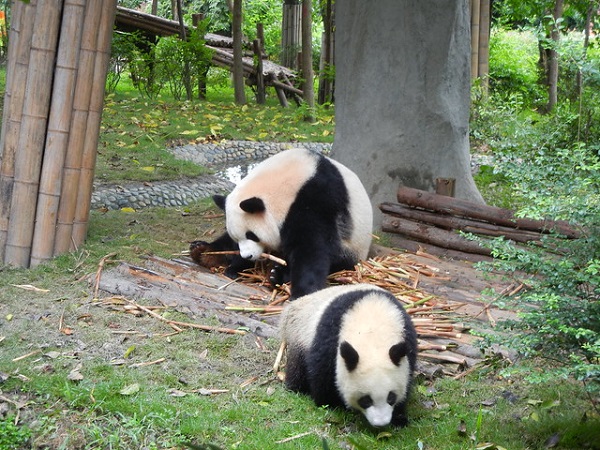
China Danxia Landforms
With so many of China’s UNESCO World Heritage Sites being man-made, it’s often easy to forget just how naturally beautiful the country is. Well, a visit to the Danxia landforms in China’s south-west is a good reminder. The remarkable geological occurrence is characterised by sandstone cliffs, natural pillars and rainbow-coloured canyons, mountains and valleys. With rusty brown rock formations and steep ravines, it’s easy to draw comparisons with America’s Red Rock Canyon and Australia’s Purnululu National Park, however some of the landforms do transition into watery and more leafy terrain in certain areas. Hiking through the Danxia is the best way to witness the jaw-dropping phenomenon for yourself, and make sure you have your camera at the ready – the rainbow mountains are made for Instagram.
Hero image: Hall of Supreme Harmony, Forbidden City. Credit: Justin Lim on Unsplash.



